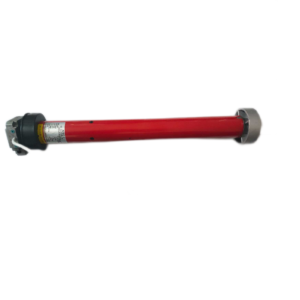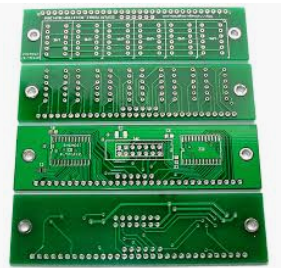Riding the Wave of Passive Income with Scooters in 2023
It’s no secret that passive income is a great way to improve one’s financial well-being. But when it comes to earning passive income, there are only so many methods available. With advancements in technology come new ways to earn payments effortlessly. And by 2023, renting out scooters may just be the next big thing in pocketing up some extra cash!
What Is Passive Income?
Passive income is money earned with little to no effort required. It can include rental income, interest from investments and revenues generated from products or services. The key is being able to set things up once, and then benefit from the rewards over time.
/images/2018/01/18/surveyjunkie.png)
How Can I Earn Passive Income with Scooters?
Renting out electric scooters is an easy way to earn passive income without much effort on your part. All you need is a smartphone, a few minutes of your time, and access to an app such as Lime or Bird. These apps allow users to rent electric scooters for short trips around town.
The process is simple: you download the app, create an account, purchase a scooter, and register it to the app. Once registered, you can activate the scooter remotely, set the rental price per mile and/or minute, and start collecting payments. Whenever someone uses your scooter, you will automatically receive the payment.
Things to Consider Before Taking the Leap
Before taking advantage of this opportunity, it’s important to consider the costs involved. Aside from the cost of the scooter itself, you must


















